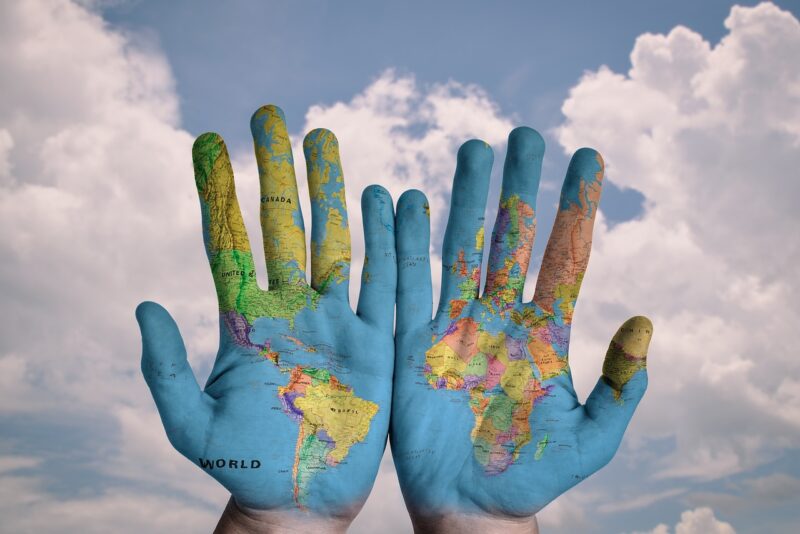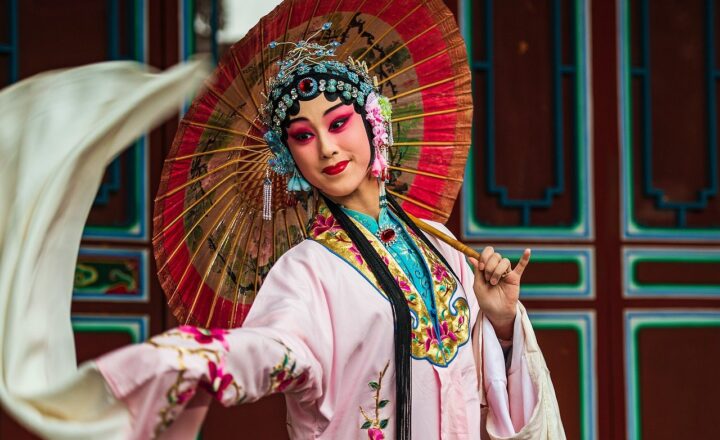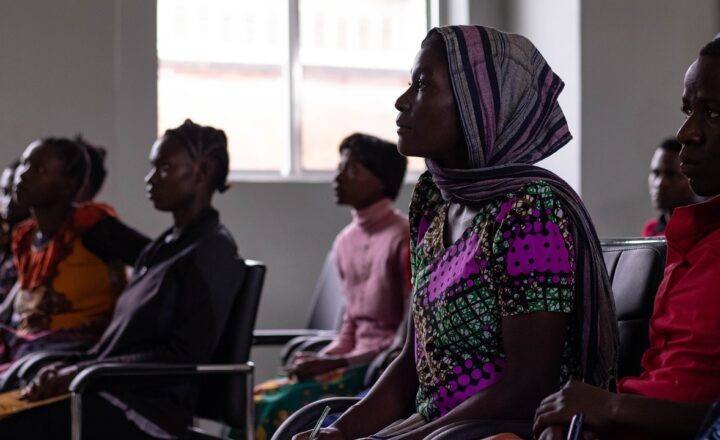The Strangest Traditions That Still Exist in Remote Corners of the World
November 17, 2024

In a rapidly globalizing world, many unique cultural practices and traditions have resisted the tide of modernization. From remote villages to isolated islands, strange customs continue to flourish, captivating travelers and researchers alike. This article explores some of the most fascinating traditions that still exist in the farthest and often untouched corners of the globe, shedding light on the rich tapestry of human culture that persists against all odds.
1. The Festival of the Hungry Ghosts (China)
Every year in China, the Festival of the Hungry Ghosts, or Zhongyuan Jie, is observed by local communities to honor their deceased ancestors. During this time, it is believed that the spirits of the deceased return to the earthly realm to visit their living relatives. The festival features traditional activities such as offering food, burning incense, and orchestrating elaborate rituals to appease these wandering spirits. Families set out lavish meals and fruits on altars, making sure that the deceased are fed, while also performing cultural plays known as “Ge theatre” to entertain the spirits. This fusion of reverence and festivity creates a surreal ambience unique to this celebration.
2. The Land Diving Ceremony (Vanuatu)
On Pentecost Island in Vanuatu, the annual Land Diving Ceremony takes place, where young men leap from high wooden towers with nothing but vines tied to their ankles. This ancient ritual, a precursor to modern bungee jumping, serves as a rite of passage for young men in the community. The purpose of the dive is to demonstrate bravery, skill, and a connection to the spirit world. A successful dive is believed to ensure a good harvest and blessings for the community. While it may seem dangerous, both the divers and the spectators see it as a vital link to their cultural heritage and ancestral practices.
3. The Walking of the Dead (Siberia)
In some Siberian communities, the tradition known as the Walking of the Dead takes place, where family members of the deceased embark on a journey to carry their loved one’s spirit to the afterlife. Participants walk across vast landscapes, often for days, while carrying the remains in a specially adorned coffin or urn. Along the way, stories are shared, songs are sung, and offerings are made to nature. This deeply spiritual practice reinforces the bonds of community and the respect that individuals have for their ancestors, emphasizing the importance of remembering those who have passed.
4. The Night of the Witches (Mexico)
In Mexico, the Night of the Witches, or La Noche de las Brujas, is celebrated on the final night of October. While many associate Halloween with spooky festivities, this uniquely Mexican tradition transcends typical celebrations. It blends indigenous beliefs and Catholic practices, as people gather to honor both their deceased loved ones and the spirits that roam during this time. Festivities include elaborate altar displays, offerings of food and drinks, and processions to cemeteries. The blending of cultures creates a lively atmosphere that reflects the rich history of the region.
5. The Burning Man Festival (USA)
While more contemporary than the other traditions listed, the Burning Man Festival in Nevada’s Black Rock Desert has evolved into a unique cultural phenomenon since its inception in 1986. The festival celebrates art, community, self-expression, and self-reliance. Participants create a temporary city full of art installations and communal projects, culminating in the symbolic burning of a large wooden effigy. This form of artistic expression showcases a collaborative effort that challenges norms, fosters creativity, and promotes a sense of belonging in a desert landscape, making it a striking modern-day tradition.
6. The Festival of the Baby Jumpers (Spain)
In the town of Castrillo de Murcia in Spain, an unusual tradition known as El Colacho, or the Festival of the Baby Jumpers, occurs during the Feast of Corpus Christi. Men dressed as devils leap over babies lying on mattresses in the street. This ancient ritual symbolizes the purification of newborns and aims to ward off evil spirits. Since its inception, it has drawn attention from all corners of the globe, with participants cherishing their folkloric heritage while addressing the purpose behind the jump – protecting the innocence of the town’s children.
7. The Festival of the Sheep (Scotland)
Every autumn, the Shetland Islands in Scotland host the Festival of the Sheep, celebrating the region’s rich sheep farming history. Locals and tourists gather to marvel at sheepdog demonstrations, wool crafting sessions, and delectable lamb dishes. Visitors can engage with farmers, hear traditional stories, and enjoy folk music while appreciating the significance of sheep farming to the Shetland community. This delightful celebration showcases how a remote culture continues to honor its agricultural roots while bringing people together.
Conclusion
As the world continues to evolve and modernize, these and many other unique traditions offer a glimpse into the rich diversity of human culture. They serve as reminders of where we come from and highlight the importance of preserving these practices for future generations. From the thrilling Land Diving Ceremony in Vanuatu to the reflective Walking of the Dead in Siberia, these customs weave a narrative of humanity’s experience, creativity, and resilience that remains relevant even in our rapidly changing lives.
If you’re an adventurous traveler, consider exploring these remote corners of the Earth, not just to witness these traditions but to connect with the people and communities that sustain them. Escape the ordinary and dive into a world of wonders that remain untouched, a world where every tradition has a story to tell.







